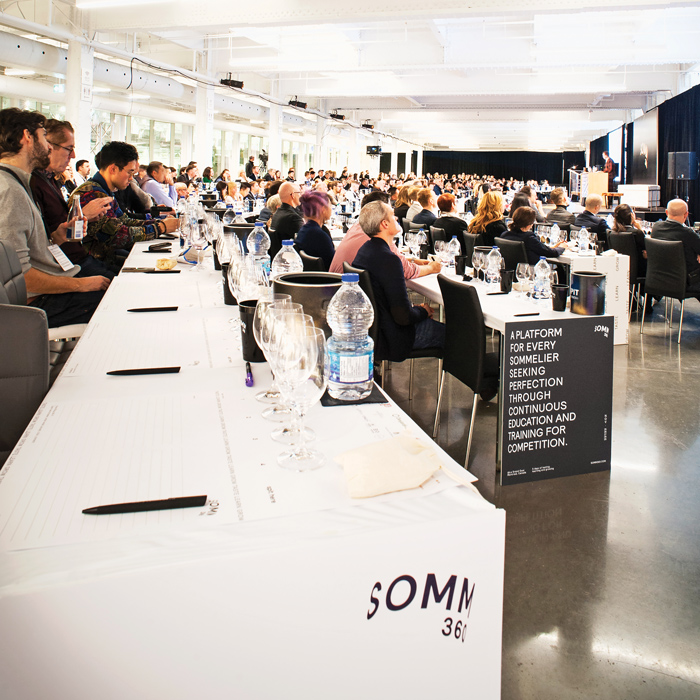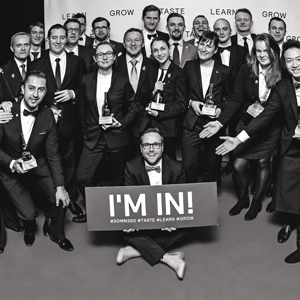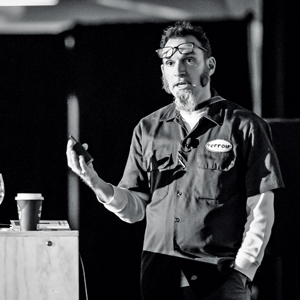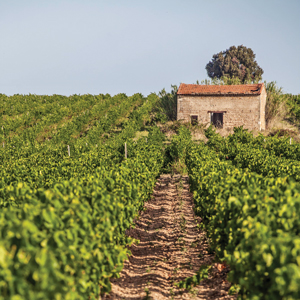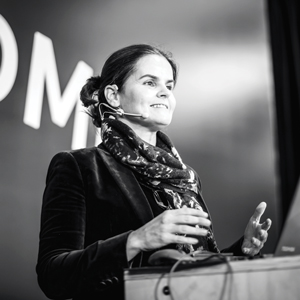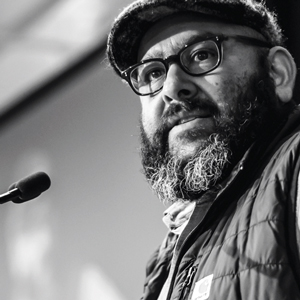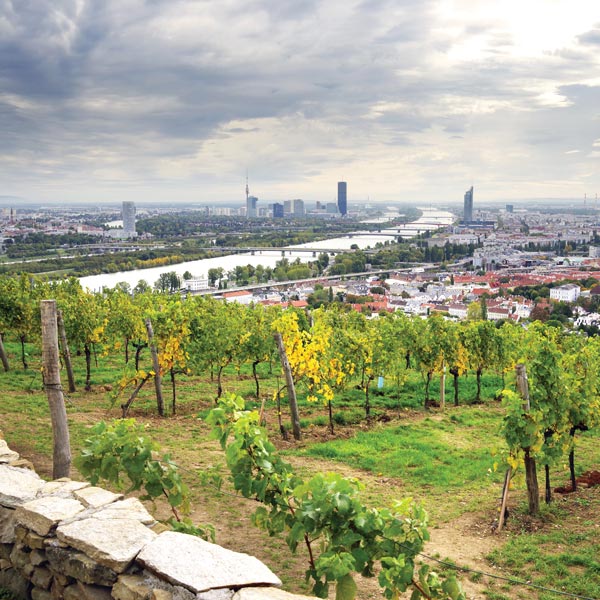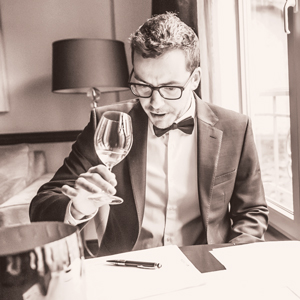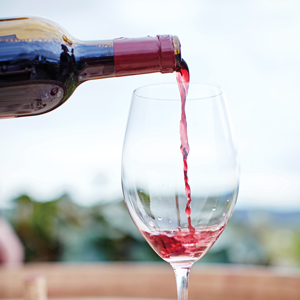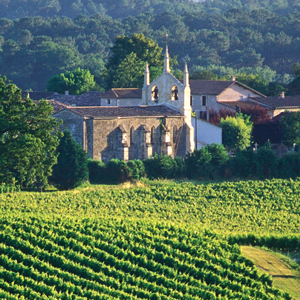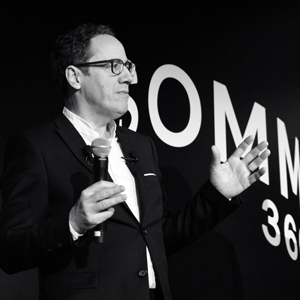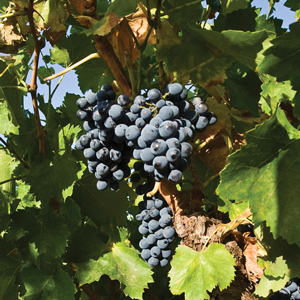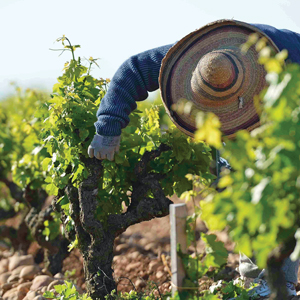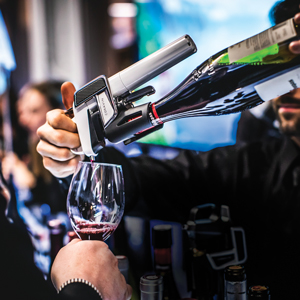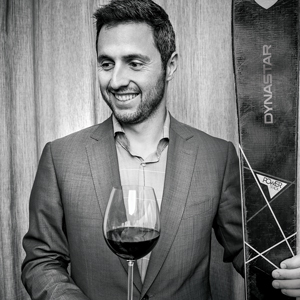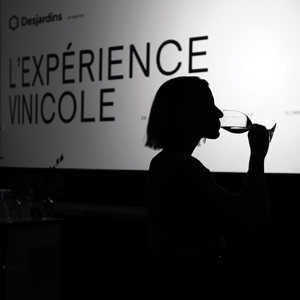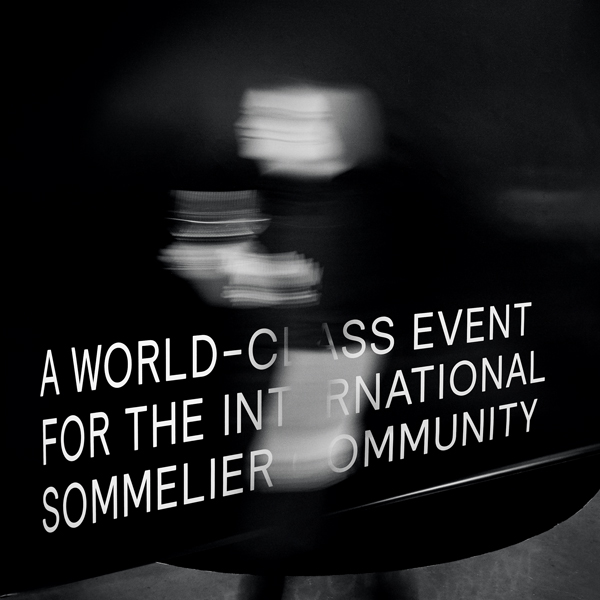SOMM360 is a platform for every sommelier seeking perfection through continuous education and training for competition.
Get the latest info about Somm360
© 2018 SOMM360


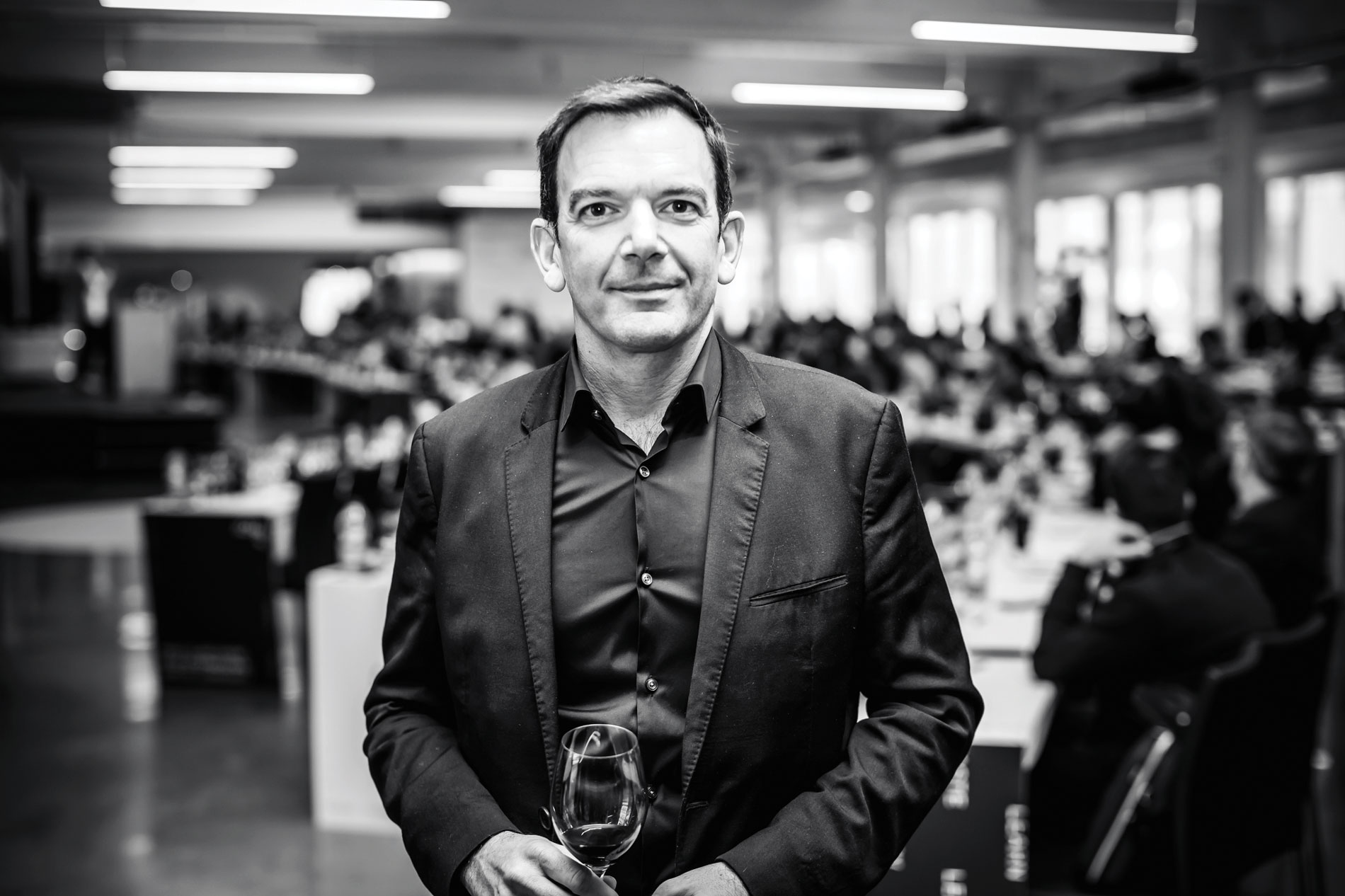
When Syrah makes the blend

Syrah may be considered the emblematic grape variety of the northern Rhône Valley, but it is also greatly appreciated in the southern section. Thomas Perrin is part of the fifth generation of a winegrowing family from Beaucastel, in the southernmost part of this vast wine region. He was pleased to explain to participants of SOMM360 why Syrah is important in this area.
Thomas Perrin
T
homas Perrin is in Montreal regularly, visiting at least once a year to promote the wines his family makes from grapes grown in its different vineyards, all located in the southern Rhône Valley. “What is great about Quebec is that there are serious wine lovers, who are connoisseurs and with whom it is a great pleasure to share,” Perrin confided a few days before his master class on Syrah. “This is also what brings me to SOMM360; it is a very rare opportunity to work with professionals from all over the world. These sommeliers are the link between the producer and the consumer; they are the prescribers of our wines, the ones who make them known and appreciated. So, this conference is very important to me.”Pioneers in organic winegrowing
Thomas Perrin comes from a tightly knit family of winegrowers. Their flagship estate, the iconic Château de Beaucastel, set against the backdrop of Mont Ventoux, is one of the renowned wine estates of France. It sits on 130 hectares, including 100 hectares of vines that surround the château in the historic part of Beaucastel. Owned by the family since 1909, its production is biodynamic, after having been organic since the 1950s, making the Perrin clan pioneers in organic winegrowing. “It is a legacy of my grandfather, Jacques Perrin, who wanted to leave his sons a sustainable and healthy vineyard,” Thomas Perrin told the audience. “It’s in our DNA, and we couldn’t imagine doing things any other way, even when climate change threatens our vines, as was the case this year with the mildew that set in after a month of rain in May and caused us to lose 50 percent of our harvest in Beaucastel.” Fortunately, in the 1970s, Perrin’s father, François, had acquired vineyards in different areas, in Vinsobres, Gigondas and Provence. All the estates are organically grown and in the process of obtaining their certification.
When Syrah makes the blend
When speaking of Syrah, Thomas Perrin is magnanimous: “We know that Syrah was not born in the southern Côtes du Rhône, since this varietal is a cross between two grapes, one from Savoie and the other from the Ardèche. Of course, it is in the north of the Rhône Valley that we obtain great, elegant single-varietal wines, in Tain-l’Hermitage and on the Côte-Rôtie, in particular.” But, in the south, Syrah is used in varying proportions in blends, with Grenache, Mourvèdre and Cinsault, depending on the estate. “It is the tradition in Châteauneuf-du-Pape and throughout the southern Rhône Valley to make blends and to include Syrah, because it brings colour and finesse,” Perrin explains. “We also like its spicy, peppery character, which complements the fruit of Grenache and Mourvèdre.”
The land at Château de Beaucastel in Courthézon is flat, dry and very hot in summer, with temperatures reaching 40°C, with a soil composed of one metre of rolled pebbles resting on clay. “Despite the heat, the vines never lack protection, because this thick layer of rolled pebbles protects them from the heat of the day and from drought,” explains Perrin. “It also protects the grapes from strong nighttime temperature variations, because, at night, the heat from the day, which is stored in the pebbles, is slowly released.”
While pouring the first wine planned for the day’s tasting, Perrin admits that this type of soil alone may not be enough to protect the fragile Syrah, at least in Beaucastel, where extreme summer heat and mistral winds prevail. “We know that Syrah hates heat, and that the mistral that blows from Lyon to the Mediterranean in the southern Rhône valley is violent, and that it would dry out the vines and kill the vine stock,” he confides. With climate change, he fears that, in the next 20 years or so, it will be too hot to plant Syrah around the iconic estate. “Fortunately, thanks to my father’s foresight, we have vineyards located at higher elevations, such as in Vinsobres, at 300 metres, which offer ideal conditions for growing Syrah.”
When oak is not a big player
The grapes are harvested by hand and fermented in large 500-litre oak casks. “We pluck wine twice a day for 10 days, then we divide half of our Syrah into cement tanks and the other half into oak vats, so that only 7 percent of the wine is in contact with the oak in the large vats, compared with 50 percent for small barrels,” Perrin explains. This winemaking approach is also linked to the climate: as summers are hot and dry, the grapes tend to ripen quickly and generously. It is imperative to soften the tannins of the Syrah by using a container that is more neutral than small oak barrels during the fermentation process.
At their Gigondas vineyard, located 10 kilometres east of Châteauneuf-du-Pape, the Perrin family planted 20 percent Syrah and 80 percent Grenache. “It is warmer than in Vinsobres, but the vines are protected from the mistral by the Dentelles de Montmirail. The cold wind coming down from nearby Mont Ventoux, however, cools the air, which is appreciated by the Syrah,” Perrin says. “As a result, in Vinsobres, the Grenache is more balanced than that of Châteauneuf-du-Pape, with lower alcohol content. In that context, its rich fruit goes perfectly well with the spiciness and the elegance of the Syrah,” he explains, while another glass of his wine is being poured for the SOMM360 participants. He also points out that in the southern Côtes du Rhône, Syrah is harvested very early, between September 10 and 25.
Château de Beaucastel
The last tasting brings us back to Beaucastel, but not to the Châteauneuf-du-Pape appellation, rather to the Côtes-du-Rhône. It is interesting to learn that when the first Rhône Valley appellation was created in 1933, a demarcation line was needed to indicate the boundaries of the Châteauneuf-du-Pape AOC. The regulatory authorities chose the former King’s Road as that line. “To the south of the King’s Road would be the precious AOC, and to the north of the road, it would eventually become the appellation Côtes-du-Rhône,” Perrin says. The King’s Road happens to cut through the property of Château de Beaucastel and its
“It is the tradition in Châteauneuf-du-Pape and throughout the southern Rhône Valley to make blends and to include Syrah, because it brings colour and finesse. We also like its spicy, peppery character, which complements the fruit of Grenache and Mourvèdre.”
—Thomas Perrin
100 hectares of vines. “Of this number, 50 hectares of the vineyard are planted on the north side of the Chemin du Roi, and 50 hectares are to the south.” This explains why the wines of Château de Beaucastel have two distinct names: those from the vineyards located south of the former King’s Road are called Château de Beaucastel and are AOC Châteauneuf-du-Pape; while those planted to the north become Coudoulet de Beaucastel wines, which, in ancient patois, means rolled pebbles. They fall into the Côtes-du-Rhône appellation.
Masters of blends
“For the Coudoulet de Beaucastel wine, we blend 30 percent Grenache, 30 percent Mourvèdre, 20 percent Syrah and 20 percent Cinsault, and we make the wine using the same methods as in Vinsobres and Gigondas,” notes Thomas Perrin. But climate change cannot be ignored in this historic vineyard, especially with regard to Syrah. “In Beaucastel, this year, we used only 10 percent of Syrah because the vines suffered from the extremes caused by climate change.” Perrin believes that the Counoise varietal may gradually replace Syrah in Beaucastel, since the grape has many similarities to Syrah, with the same peppery and elegant structure; but it matures later and is more resistant to heat and wind.
Another interesting feature of Château de Beaucastel is that it grows the 13 traditional grape varieties authorized in the Châteauneuf-du-Pape AOC. All are harvested and vinified separately, then blended by the family, after several tastings, which take place in February of each year. This respect for the blending style of Châteauneuf-du-Pape is a form of tribute to the patriarch, Jacques Perrin, who contributed greatly to his region and who believed in the importance of preserving the traditions of the famous appellation from one generation to the next. One thing is certain: Syrah will continue to enhance the Perrin family’s wines, thanks to the vineyards of Vinsobres and Gigondas.
Share this article:




